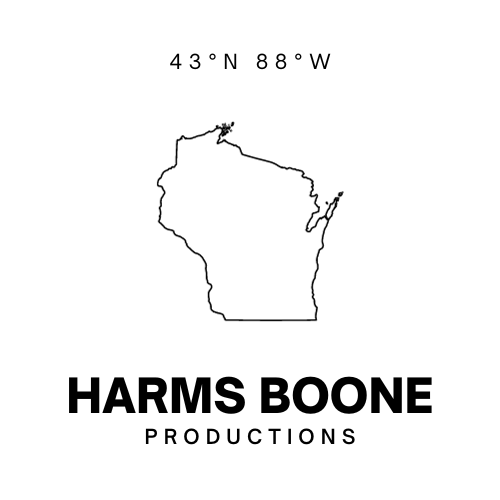Sound City is a documentary about the now defunct, eponymous Van Nuys studios. If you’ve never heard of the studios you’ve almost certainly heard music recorded there. The studios also hosted some of the most famous producers of the last 70 years, many of whom got their start as runners or assistants. The studios operated as a live performance studio: all analog equipment, with the full band recorded simultaneously. Directed and produced by Dave Grohl (Foo Fighters, Nirvana), Sound City is less a tribute to this studio so much as to the unique way in which music was recorded there.
The studio began with two people who wanted to start a record company and made a $75,000 gamble on a state of the art mixing console. With the room’s acoustics and the quality of the board, it quickly became a premier studio and rode that fame all the way until the boom of CD and digital recording in the late 80s. Business slowed as artists gravitated toward digital until its renaissance in the early 90s with the release of Nirvana’s Nevermind. That resurgence was short-lived, though, and the studio closed in 2011 (selling the famous board to Grohl). While digital recording is not out-right blamed for the studio’s closure, the consequences of its refusal to go digital are front and center.
Neil Young, one of the first artists to record at Sound City and possibly the biggest critic of digital audio around, is featured prominently and given room to go on his tirade against digital and the so-called “bill of goods” we’ve been sold with the CD and the false sense some musicans today have that they have a studio more powerful than Sound City built into their laptops. Instead of heading into a recording studio and producing an album, an individual can play the same intrument’s part hundreds of times and audition each part individually before stitching together a “prefect” mix.
This is certainly a disturbing trend, and, more than anything else, that style of recording indeed sucks the soul out of music. But Grohl’s argument is interesting in its technological-agnosticism. Where some would get hung up on technical differences between analog and digital, Grohl focuses on what the art was that studios like Sound City added to the musical process and makes an argument for its preservation. For great artists, Grohl argues, analog or digital doesn’t matter. Great producers can work a compressor whether it’s physically in the room or digitally represented on a screen. There is something intangible about recording music as a band, live, together in one room that adds a soulfulness, cohesion, and sense of mastry over the material that is impossible to reproduce with any other recording method. To the extent Sound City mourns analog recording it is in the way analog forced this style on the process.
Pro Tools is the easy scapegoat for the anti-digital chorus despite that it did for music what Photoshop did for photography. Professionals might disagree that having amateurs experimenting in their homes is good but for those of us who saw garage bands that might have faded into obscurity record full demos on a two track DAW, it is awesome. You don’t need to be an audiophile to know the difference between a good recording and a bad one. (Bad sound sounds bad, most people are just more tolerant of it.) But when you think you’re in the coolest band since Nirvana, you’re not recording your demo because you know anything about sound engineering, you’re doing it because you want to know something about it. You’re doing it because you want to be in a studio like Sound City.
The analog-digital debate has a place to illustrate the decline of and call for preservation of a particular recording art form Sound City Studios were particuarly good at and highlights an important lesson about new technology. There are three ways to approach technological changes: fully embrance the new and abandon the old, cling for dear life onto the old and reject the new, or some mix of both. Too many people do one of the first two and neither is productive. Sound City shows us how taking the thrid path is possible, and just as artistic, as either of the first two.
Sound City Studios will never be forgotten in American music history because of the music that was recorded there. The style and asthetic they infused into the recording process will be carried on by studios and future artists who insist on recording that way. Artists who insist on quality will not be stopped from it by technology. They will, just as Sound City did, focus on the sound of each instrument in the mix with the rest of the band to find the perfect rhythm, timbre, and harmony to produce an album. Dave Grohl’s documentary will live on as a reminder of what recording was like in the early years of the recording industry long after the mp3 has been supplanted by new technology and new musicians using it. To that end, Sound City is an important documentary for the history of American music and the nature of music as a form of art.
